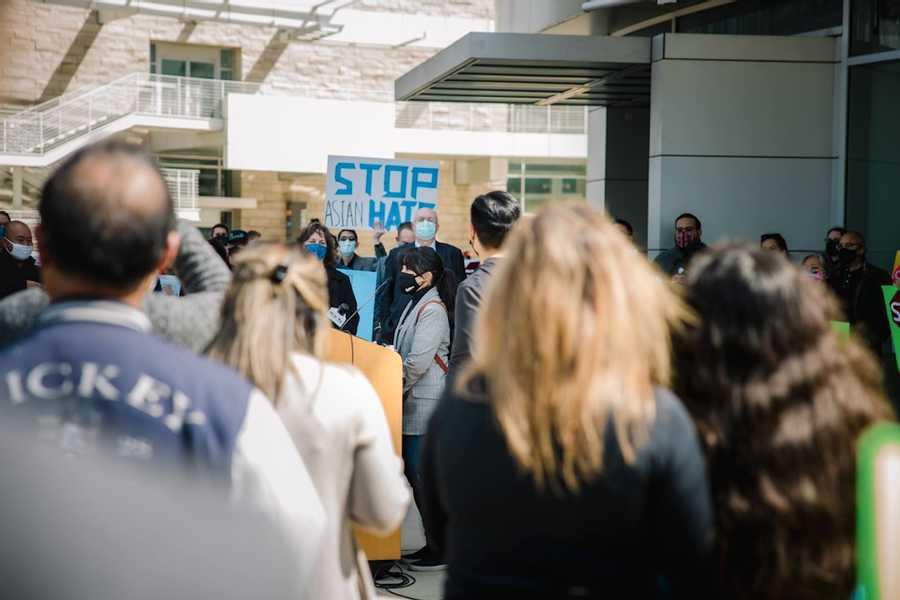Criticism Of The Theory
A major criticism of this theory argues that it misinterprets the relationship between disorder and crime by drawing a causal chain between the two. Instead, some researchers argue that a third factor, collective efficacy, or the cohesion among residents combined with shared expectations for the social control of public space, is the actual causal agent that explains crime rates (Sampson & Raudenbush, 1999).
23
95 reads
CURATED FROM
IDEAS CURATED BY
Full-time digital product designer & part-time traveler. Funny, bald, bearded dad. Foodie, rider, stasher.
The idea is part of this collection:
Learn more about psychology with this collection
Navigating and enjoying the thrill of horror and scare experiences
Historical knowledge of Halloween and its origins
Understanding and appreciating Halloween traditions worldwide
Related collections
Read & Learn
20x Faster
without
deepstash
with
deepstash
with
deepstash
Personalized microlearning
—
100+ Learning Journeys
—
Access to 200,000+ ideas
—
Access to the mobile app
—
Unlimited idea saving
—
—
Unlimited history
—
—
Unlimited listening to ideas
—
—
Downloading & offline access
—
—
Supercharge your mind with one idea per day
Enter your email and spend 1 minute every day to learn something new.
I agree to receive email updates
